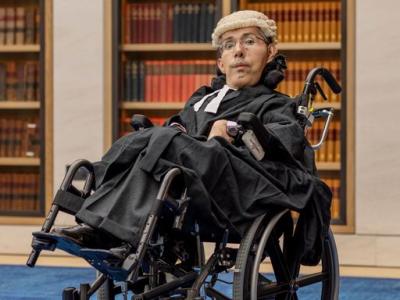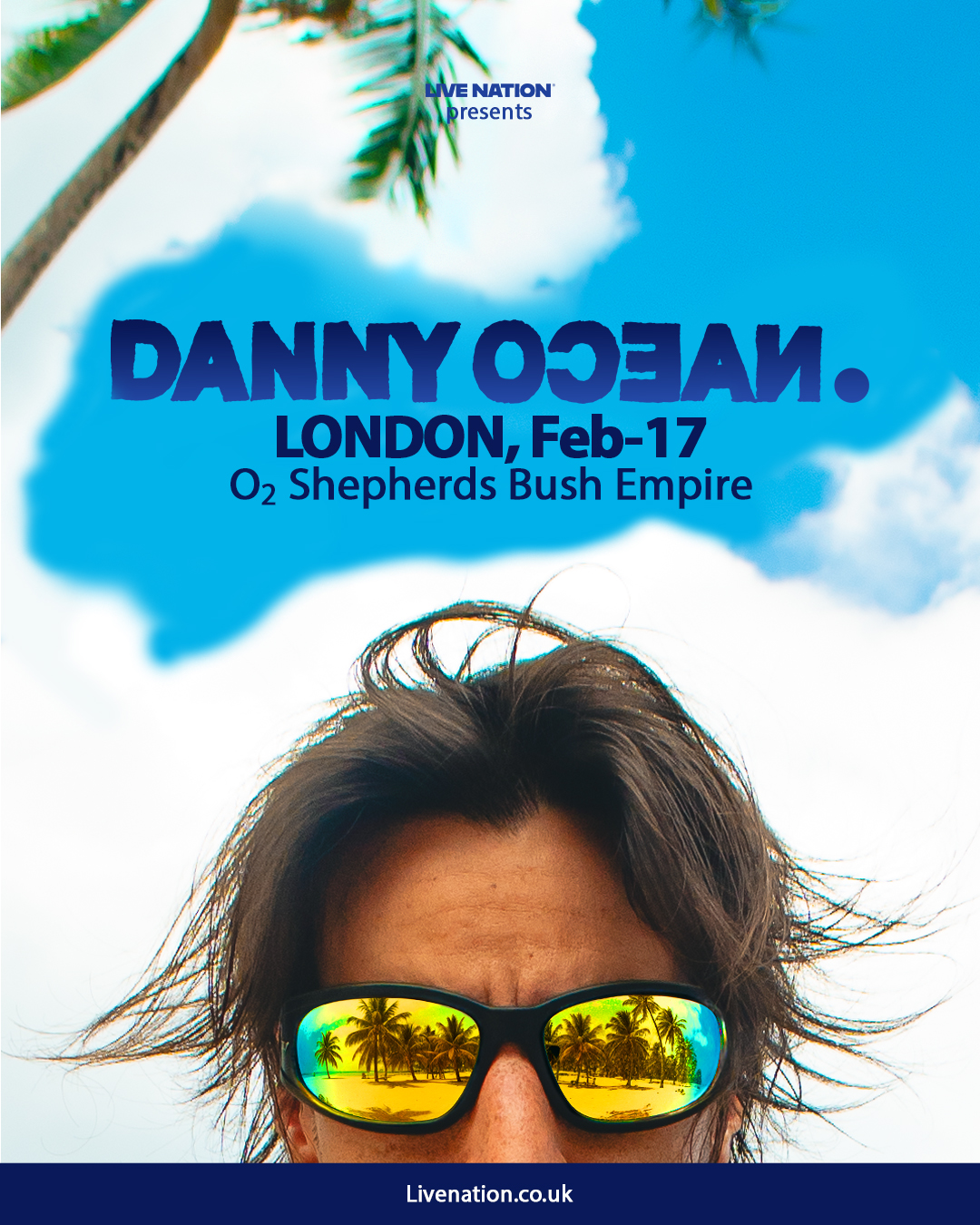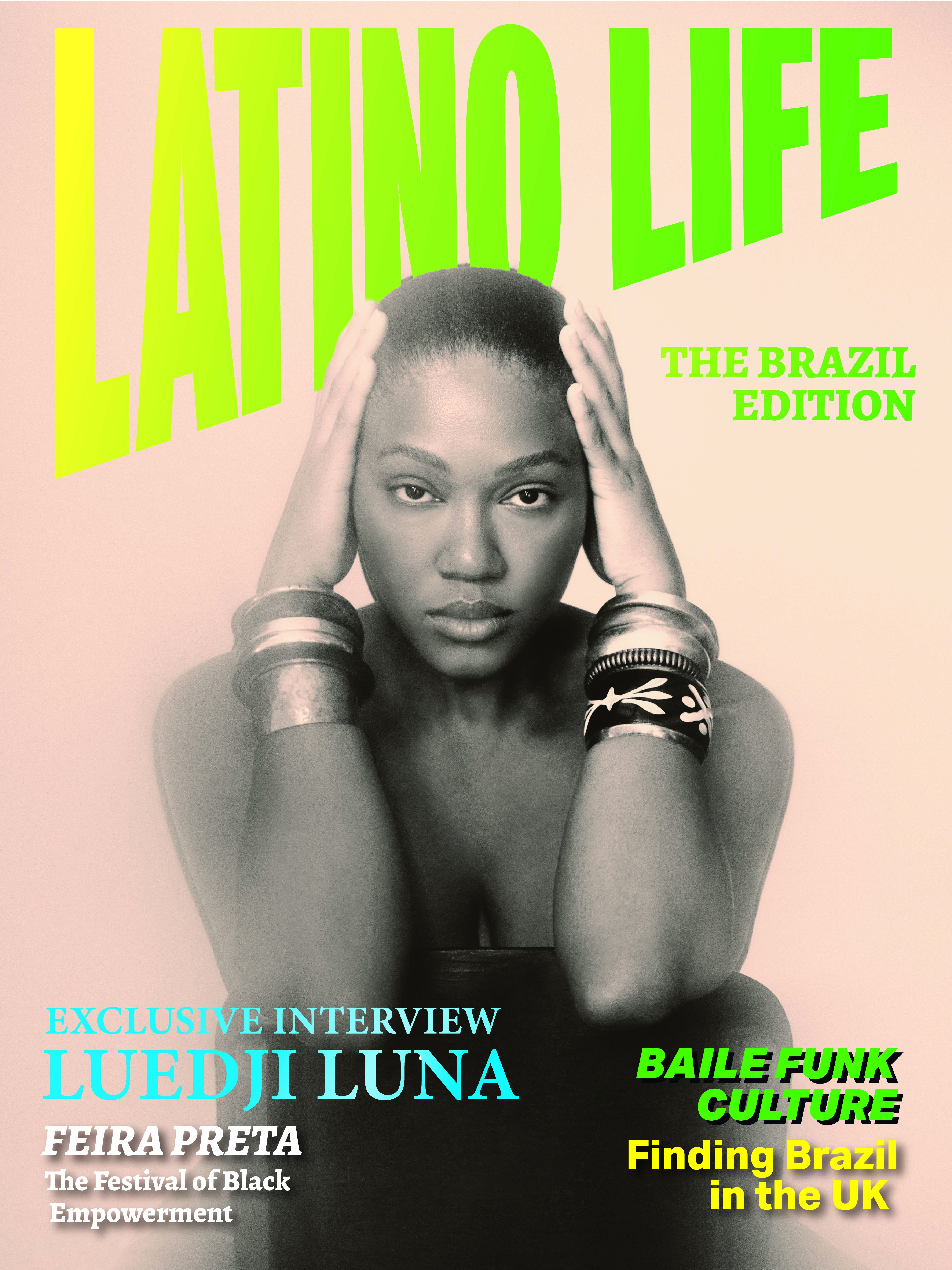German Cornejo and his partner Gisela Galeassi might have got the world's attention when they won Jennifer Lopez & Marc Anthony's TV show Q Viva in 2012, culminating in the Las Vegas stage and a performance at JLO's first-ever concert in Buenos Aires. But by then, the pair had already been World Tango champions, and German was already the creator and lead choreographer of the world's most succesful tango shows, Tango Fire, which had been touring the theatres around the world annually since 2006 and 'Immortal Tango', which was due to come to the Peacock Theatre in May.
There is a reason why theatre beg German and his troupe to return every year. One of the most unexpected things about the shows of German is the quality of the live tango orchestras that nourish the dancing. By giving space to the music, from Gardel classic ‘El Dia Que Me Quieres’ to the anthems of Astor Piazzola, German brings the dance back to its soul. Not a pin drop can be heard in theatre as ‘Libertango’ and ‘Adios Nonino’ washes over the mesmerised audience.
And then of course there is the dancing. Needless to say, German chooses the finest dancers: they look so comfortable in their bodies, in their craft, in their skill, that you too can relax and just be in the thrall of their expertise and beauty. Their movement goes from exhilerating to fragile in a second, each note running through their bodies, transforming them with every emotion. They are invigorated, eager to push the boundaries, whilst always consious of the aesthetic class, and proud to be part of this prestigious institution that Cornejo has created through his ambition for and love of his art. His standards and demand for excellence is evident. But it is the dancers' passion for their art, and the energy and quality that this creates that keeps his shows fresh and has audiences returning year after year.
Having been part of the tango scene for years now, I was fully expecting to meet a diva when I went back stage at The Peacock Theatre. At first calm and unassuming, when German Cornejo starts talking about his work, he becomes as enthusiastic, charming and beguiling as the show itself. Clearly dedicated to his craft and his talent, enthusiasm comes oozing out of his every pore. As Cornejo describes moments in the show, his easy physicality morphs into elegant illustrations. I was transfixed as he explained how he came to tango, and his vision of its future
Latinolife: Why did you choose to specialise in the Tango?
German Cornejo: Through tango, I discovered a way to express myself, to communicate through movement. The three minutes of the dance creates a bubble around you and your partner, where both feel completely connected but invisible to the world. It's an intimate moment, pure. I would say sacred in some way. Once you experience the tango you can't leave it.
LL: I’ve heard some people say, ‘You don’t choose tango, tango chooses you’ do you think that’s true?
GC: Yes, I started dancing tango when I was 10 years old. I started because my mum saw me trying to dance some steps, but I had never seen tango, although I new my grandparents danced tango I had never seen them dance, but my mum had some cassettes with some tangos and some boleros and while my parents were working I used to listen to them and try and dance, imagining how you would dance to them. So one day my mum asked me if I wanted to go and learn? At first I said yes but when I got to the dance school and I was shy and nervous, seeing all the other children but my mum pushed me in and it became part of my life, I started learning the steps and I really liked it. For the 1st year I was in the children’s class and then I started taking 7 hours a day, I would finish school at 3pm then I would start tango at 5 and then finish at 11.30pm.
LL: What did your parents think about you working all those hours?
GC: I think they were happy, I don’t know if it’s the same here but, the street can be dangerous for a child and at least my parents knew I was safe. By Fifteen I started working professionally in tango musicals in Buenos Aires, I would finish at the theatre 11pm and then catch the bus home to my city, Zarate in the province of Buenos Aires getting home at 2.30am and then I would have to get up for school at 7am, it was hard but it was my choice.
LL: When and how did you meet your dance partner Gisela Galeassi?
GC: The first time I met her, both of us were working with different dance partners. I always admired her. She is an incredible performer, but an excellent human been too. Several years later, and once we were free of commitments with our previous dance partners, we scheduled a meeting at the rehearsal studio to prove us together and see how we feel. It just takes to embrace each other that the energy began to flow naturally between us. Our deepest essence came to life without any obstacle, without needing to be forced.
LL: How did you feel when you won the world championships in 2005?
GC: It changed my life, I became an icon for the younger generation, and many tango dancers wanted to learn my way of dancing, it didn’t just change in the tango scene, but when I won the championships I got recognition, I was only 17.
LL: You became famous globally with Tango Fire, which has been hugely successful, touring every year since 2006. The live orchestra adds so much to it and the singer Jesus Hidalgo has a beautiful voice and the dancing was spectacular.
GC: Thank you very much . Yes, well I always want to work further on different parts of the show, I never feel the show has finished, it’s complete, I always feel I can do more. Well, we have made changes, I changed some of the choreography when I took over as choreographer, and the individual couples their own choreography, but when I took over as director 2 years ago I made changes to the choreography and songs. Every tango is different, each tango has a different meaning and different emotions, not just for the dancers but also for the audience, and I wanted the audience to see all the flavours of the tango.
LL: It felt really fresh and alive, the acting as well as dancing, I thought the women really looked like they were enjoying themselves, which must be difficult after this amount of time touring.
GC: My vision is that an audience sees a fresh show, the first act of Tango Fire being more traditional and set in the typical milongas (dance halls) with more traditional choreographies and songs and the second act being more urban, as actual society is now, different to the first act, the second act is more surrealistic with different connotations.
LL: Its nice having that mixture of traditional tangos and then Piazzola included in the 2nd half. Who is your favourite tango composer and what is your favourite tango?
GC: There are so many different ways to dance to different tangos and all the different ways have different connotations, not just for us but for the audience, because in some songs the concept is romantic, light, and other songs maybe stronger and more aggressive. One of my favourite tangos to dance to is ‘Oblivion’ and ‘Libertango' maybe these are an example because they are so different, ‘Oblivion’ is so ethereal and like water and ‘Libertango’ is strong and hard.
LL: There have been so many tango shows, is it a challenge to do something new and fresh?
GC: When I create something new it’s not easy to get all the ideas at once, because there are many different things to consider. First of all I think of the style, and when I’ve decided that I try to work out what this style represents for me, not just the movements and the steps but the feeling what I mean also is how that style makes me feel. Also the things that lead me to create the choreography they are in my everyday life. I might be sitting in a café and it starts raining and some girls pass by putting up umbrellas, or I’m doing the washing up in my house listening to the news or the sound and the rhythm of the air conditioning, I like to take everything in and use it and live creatively, everything. Everything inside is a motivation for the moment when you need to create. It’s not creating new movements that is difficult but sometimes you might not have much time to develop something. And it’s to do to with the feeling of the period, the beginning of the century and present day, they have a different feeling. I don’t find it difficult to find new movements, but time to breathe, to be able to create.
LL: If you go out with your friends in Buenos Aires, where do you dance and what style of tango do you dance?
GC: My favourite Milongas are La Viruta, which is casual and young, and I go in jeans and also Salon Canning, which is more traditional, and people dress up. The soul of the tango is improvisation, always of course when you create a show you have to have things set but when you develop the show you still create the show at the beginning by improvising. But when we dance in the milonga (tango dance hall) it is improvisation, although the steps are led.
LL: What has been your most unusual situation while performing?
GC: An unusual and bizarre situation happened during one of the performances of Milonga (the contemporary take on tango directed by the one and only Cherkaoui). After a complex movement in our duet, the long hair of Gisela stayed trapped at my trouser zipper. It was completely impossible to continue with our number, so we decided to go off stage trying as much as possible to dissimulate the situation but it was obviously noticeable due to the weird positions of our bodies walking off stage. I assume it was so funny to watch as my dance fellows were laying on the floor and laughing!
LL: What do you think the future of tango is?
GC: Which aspect of the future of tango? There are many possibilities, there are many branches. I think as long as you keep the root, it’s important to keep the root, but it’s important that everyone creates their own tango, their own style, because it’s a dance of improvisation, the soul of the tango is improvisation and people think and feel in different ways. The most important is that you create your own style, of course you have basic rules but after you learn these rules and you learn the basic steps, you can define your tango. There are many electro tango bands and it’s just a different way to show their thoughts and feelings. I don’t think because people are creating different and new styles that the traditional tango can be broken or lost, because when I learnt first of all I learnt the traditional way of dancing tango, one thing is the choreography and steps but the most important thing is that you feel when you dance tango and when we dance in the show, the most important thing is the feeling we inspire in the audience. For me the most important thing is to ‘mobilizar’ to wake up the people.
LL: Do you feel you need to go back to Buenos Aires to recapture the tango?
GC: The tango is everywhere, because for me the tango is a way of life, I walk in the street and I feel tango because its my life, of course I want to go back to my country, because I love my country and my city, but not to renovate my stuff, but to go back to my family, my home and my things. And when we get back, then we start rehearsals in Buenos Aires, maybe for a new show! So my head is thinking already.
LL: What is your ultimate ambition as a dancer and choreographer?
GC: As a dancer, I really wish to continue spreading the art of tango around the world, helping to expand the love to our Argentine cultural heritage to different latitudes. In addition to that, as a choreographer I wish to keep myself creating new pieces, going even beyond that we already have done and research deeper and hard on each new creation, bringing to life new experiences as usual where both artists involved and the audience can lose themselves for a few when a break from the exhausting reality it's a must.


















